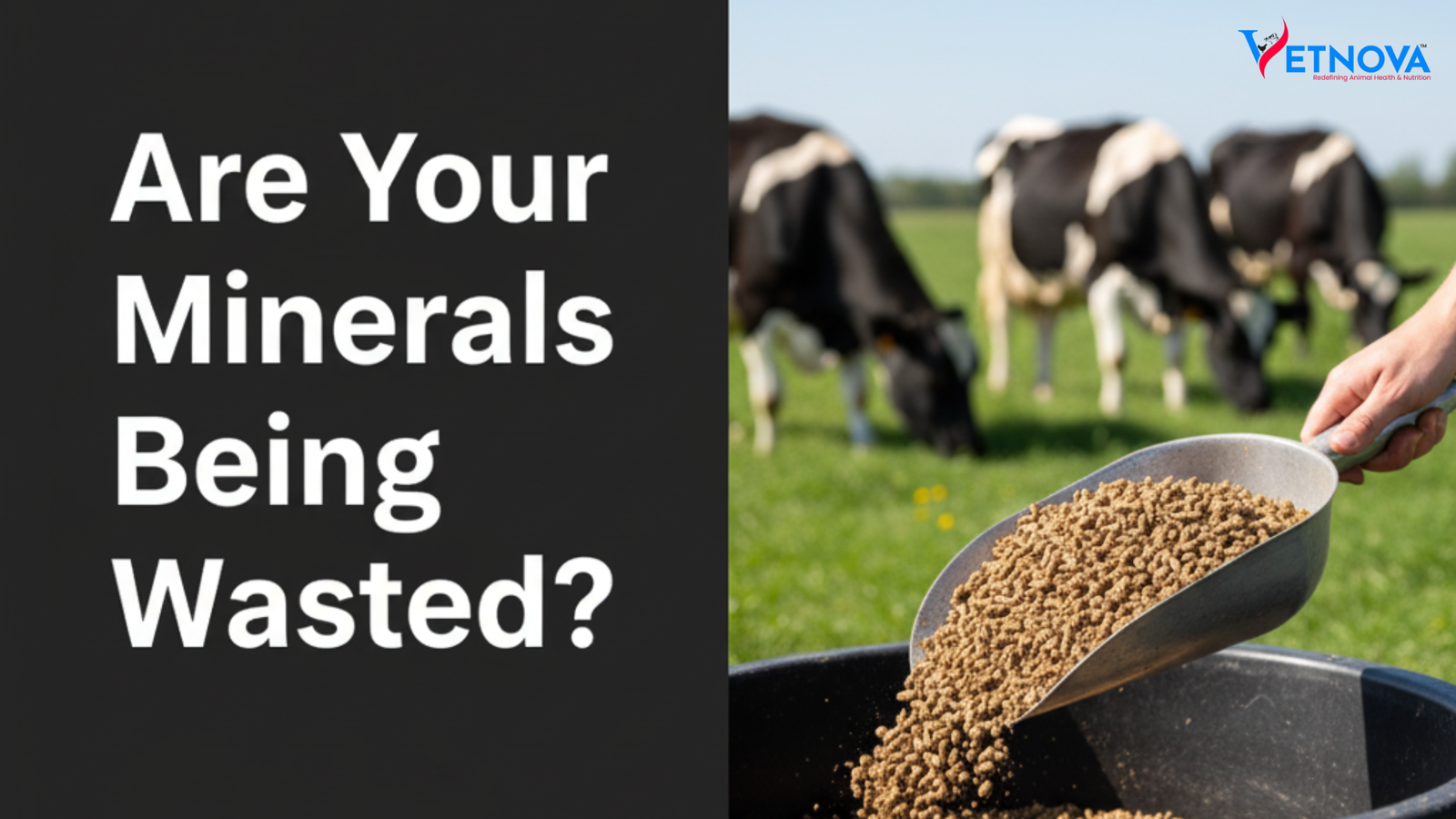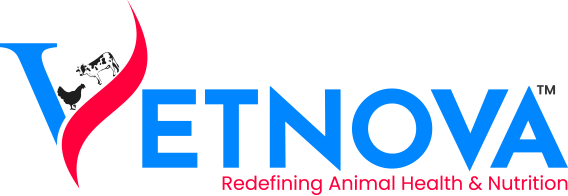The Definitive Guide to Chelated Mineral Mixtures for Animal Health
Introduction: The Hidden Problem with Mineral Absorption
Have you ever wondered if your animals are truly getting the most out of their feed? Or perhaps you’re a home pet owner meticulously choosing supplements, hoping for the best. The truth is, when it comes to essential nutrients, it’s not just what you provide, but how it’s absorbed that makes all the difference. Standard mineral forms often face an uphill battle in the digestive system, leading to inefficient uptake and, ultimately, wasted potential. This isn’t just about nutrient loss; it impacts growth, immunity, and overall well-being. This guide will reveal how a chelated mineral mixture can revolutionize animal health by solving this fundamental challenge.
Topics on Chelated Mineral Mixtures for Animal Health

The Science of Chelation: What is an Amino Acid Chelate?
At the heart of superior mineral nutrition lies chelation. The term “chelate” comes from the Greek word “chele,” meaning “claw.” Imagine a tiny, protective claw that grasps a mineral ion. This isn’t just any claw; it’s typically an amino acid, forming what we call an amino acid chelate.
Why is this important?
Our digestive systems are incredibly efficient at absorbing amino acids. When a mineral is chemically bonded to an amino acid, it effectively gets a “VIP pass.” It bypasses the common interferences and competitive absorption issues that plague inorganic minerals. Instead of being blocked or excreted, the mineral is escorted directly into the bloodstream, where it can be utilized effectively. This process significantly enhances the bioavailability of essential chelated trace minerals, making every nutrient count.
Types of Chelates: A Look at the Options
Not all chelates are created equal, though all aim for better absorption. The specific amino acid used for chelation can influence stability and uptake. For instance, you’ll encounter various forms in the market. One advanced option is the metho chelated mineral mixture, where the mineral is bound to methionine hydroxy analogue a precursor of methionine. This particular coordinate covalent bond offers unique benefits, ensuring the mineral’s stability through various digestive environments and also act as a source of methionine one of the critical amino acid. Other common forms include glycinates (bound to glycine) and bisglycinates (bound to two glycine molecules), each offering distinct advantages in how they are processed by the animal’s body. Understanding these differences allows for more targeted and effective nutritional strategies.
Real-World Application: The Case for a Chelated Mineral Mixture for Cattle
The impact of high-quality mineral supplementation is nowhere more evident than in livestock production. For dairy and beef farmers, improved animal health directly translates to better profitability. A chelated mineral mixture for cattle isn’t just a supplement; it’s a strategic investment.
Consider the data: Studies have shown that supplementing with chelated minerals can lead to a 5-10% improvement in feed conversion ratio (FCR) in certain livestock, meaning animals gain more weight per unit of feed consumed. In dairy herds, enhanced mineral status can improve reproductive efficiency by up to 15%, reducing calving intervals and increasing calf numbers. Healthy cows, pigs, and poultry mean fewer veterinary visits and reduced reliance on antibiotics, ultimately benefiting both the animals and the bottom line. It’s about optimizing performance, from stronger immune responses to more robust reproductive cycles.
Anatomy of a Premium Mixture: Key Chelated Minerals Explained
While a chelated mineral mixture provides a balanced spectrum of nutrients, certain key minerals do the heavy lifting for animal health and productivity. Two of the most vital players in any high-performance complex are zinc and copper.
Zinc Bisglycinate for Foundational Health
Zinc is an undisputed powerhouse for immunity, skin integrity, and proper growth. A well-supplied animal resists disease better and recovers faster. Zinc Bisglycinate stands out among zinc sources for its exceptional bioavailability and stability, making it a cornerstone in high-quality animal nutrition. Its impact is so significant in modern farming that it deserves a closer look. You can learn more in our detailed guide: What is Zinc Bisglycinate and How is It Used in Animal Feed?
Copper Glycinate for Vital Functions
Copper is equally essential, acting as an engine for everything from iron metabolism to the formation of strong connective tissues. A deficiency can have severe consequences, impacting growth, bone health, and even coat quality. Copper Glycinate provides a highly absorbable source of this critical nutrient. The specific applications of chelated copper are critical in professional settings. We cover this in our comprehensive article: The Critical Uses of Copper Glycinate in Veterinary Medicine.
Other Essential Minerals
Beyond these two powerhouses, a truly complete mixture also relies on other key players to ensure holistic health and performance.
Iron Amino Acid Chelate:
This highly bioavailable form of iron is crucial for combating anemia and boosting vitality across all stages of an animal’s life. Iron is the core component of hemoglobin, the protein in red blood cells responsible for transporting oxygen from the lungs to every tissue in the body. When iron levels are insufficient, red blood cell production falters, leading to anemia. This condition manifests as lethargy, poor growth, pale gums, and a weakened immune system, making animals—especially young, rapidly growing ones like piglets, calves, and lambs—highly susceptible to disease. By using an iron amino acid chelate, the mineral is protected through the digestive tract and absorbed efficiently, ensuring that the building blocks for healthy blood are readily available. This optimal iron uptake directly supports energy metabolism and vitality, transforming a listless animal into a thriving one.
Benefits of Magnesium Glycinate Chelate:
This specific chelate is significant for improving an animal’s physiological and psychological response to stress. Magnesium acts as a natural relaxant, playing a critical role in regulating the nervous system and preventing the over-excitation of nerve cells. During stressful events like weaning, transport, commingling, or extreme weather changes, an animal’s body rapidly depletes its magnesium stores. This deficiency can lead to anxiety, muscle tremors, and a heightened fight-or-flight response. The benefits of magnesium glycinate chelate lie in its superior absorption, which effectively replenishes these stores. It aids in proper muscle function by controlling contractions and relaxation, and it helps maintain calm nerve signaling. This contributes to a more stable disposition, reduced aggression, and better overall welfare, ultimately leading to improved feed intake.
Other Key Chelates:
To round out the formula and create a truly synergistic blend, other essential chelated minerals are included for their specific, vital roles.
Chelated Manganese:
This mineral is a cornerstone of structural integrity and metabolic health. Its most critical function is in skeletal development, where it is essential for activating the enzymes that build a strong bone matrix and healthy cartilage. A deficiency can lead to poor bone growth, joint abnormalities, and lameness. Furthermore, manganese is a key component of enzymes that govern energy metabolism and antioxidant defense, making it vital for an animal’s overall vitality and resilience.
Chelated Selenium:
Acting as a powerful cellular protector, chelated selenium is a core component of the enzyme glutathione peroxidase. This enzyme is one of the body’s most important antioxidants, neutralizing harmful free radicals that cause cellular damage. By protecting cells from this oxidative stress, selenium supports robust immune function, enhances fertility, and promotes healthy muscle development. A diet rich in bioavailable selenium ensures that an animal’s internal defense systems are functioning at their peak.
Conclusion: A Smart Investment in Animal Performance
Investing in a chelated mineral mixture isn’t just about providing nutrients; it’s about investing in the very foundation of animal health and productivity. By choosing highly bioavailable chelated forms, you ensure that every gram counts, minimizing waste and maximizing the return on your nutritional efforts. This translates to healthier, more resilient animals, improved performance metrics, and ultimately, a more sustainable and profitable operation. Don’t let poor absorption undermine your efforts. Empower your animals with the minerals they can truly use.
While some benefits like improved feed intake might be noticed within weeks, more profound changes in immunity, fertility, or hoof health typically become evident over a full production cycle (e.g., several months for breeding animals, or the full finishing period for meat animals). Consistency is key.
Generally, yes, chelated minerals are designed to be stable and are less prone to interactions compared to inorganic forms. However, it’s always best to consult with a nutritionist or veterinarian to ensure a balanced overall diet and avoid excessive intake of any single nutrient, especially when combining multiple supplements.
Like most feed additives, chelated mineral mixtures should be stored in a cool, dry place, away from direct sunlight and moisture, to prevent degradation. While the chelated bond makes them more stable, proper storage ensures the full potency of the active ingredients until use.
Due to their higher bioavailability, animals excrete fewer unabsorbed minerals when fed chelated forms. This can lead to a reduced mineral load in manure, potentially offering environmental benefits by minimizing nutrient runoff into soil and water systems.
